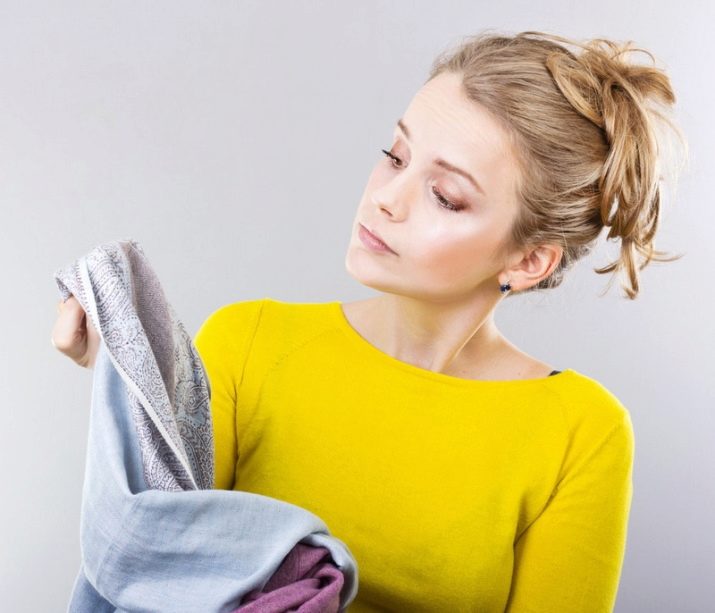How to choose a glue for rhinestones and how to use it?
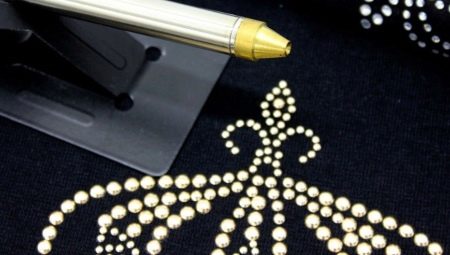
The decor of the clothes is of no small importance, especially when it comes to the girl's wardrobe. You can use different options to decorate a festive, concert or daily wardrobe, but rhinestones are one of the most effective. To attach shiny pebbles to clothes, you need to find the right glue that will withstand wearing, washing and even ironing without losing its properties. The choice of glue plays a key role in the reliability of fixing the rhinestones, therefore, the issue must be given special attention.
Correct use of a suitable adhesive will ensure that the decor will firmly adhere to the substrate.
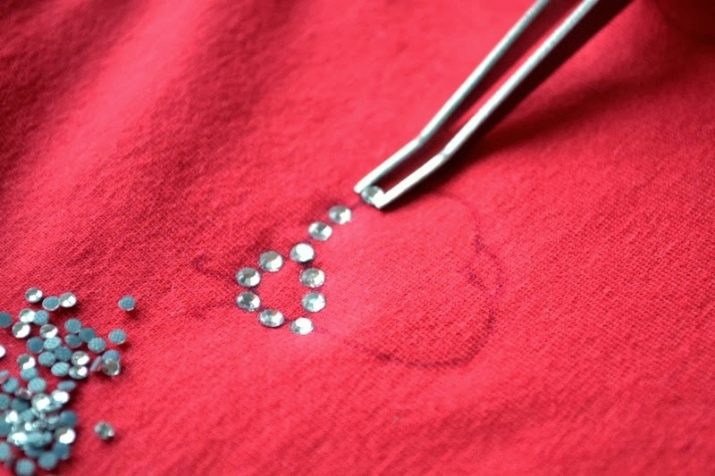
Adhesive for fabric and other materials
Precious stones have always attracted and mesmerized with their beauty, therefore the creation of cheaper varieties of such jewelry made it possible to transform a wide variety of products without undue cost. Modern rhinestones can have a different size, material, color, number of edges, so everyone will choose an option to their liking.
On sale there are rhinestones from:
- acrylic;
- glass;
- metal.
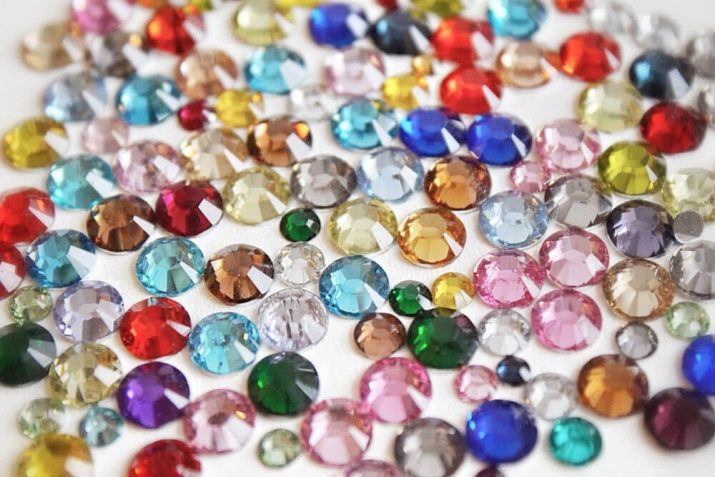
Thanks to the variety of options, it became possible to decorate different surfaces with these stones. There are three main types of rhinestones.
- Sew-on. Items with holes through which the needle and thread pass. The stone can be sewn onto any fabric surface.
- Adhesive. Integral products that are attached to the base with glue. Distinguish between cold and hot methods of fixing rhinestones. Cold is more suitable for hard surfaces, hot - for fabrics.
- Rhinestones in a metal frame, which are attached with metal tendrils. Antennae pass through the fabric and bend to fix it on it.
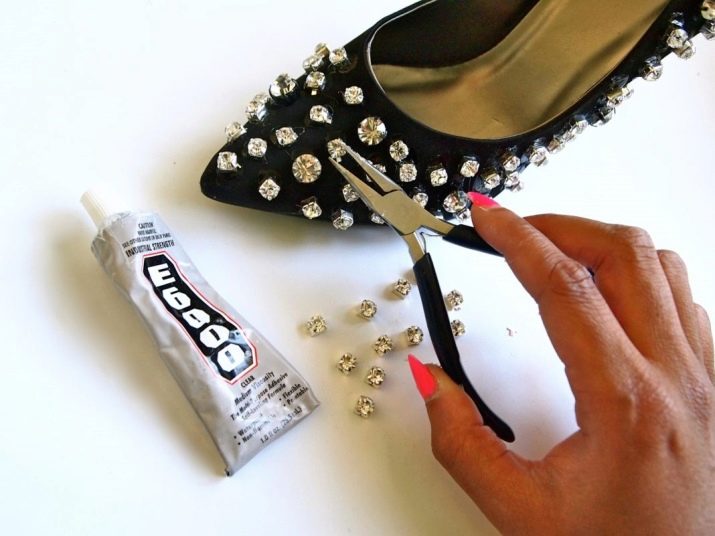
Sew-on varieties are less popular, as they take more time to attach and look less aesthetically pleasing. For embroidery with such rhinestones, you need to purchase a thin needle and thread that will not stand out on the fabric. Metal rhinestones are less versatile, they look rougher and more massive. In addition, they can cling to the fabric, making puffs on it, therefore they are more often used for leather and dense materials.
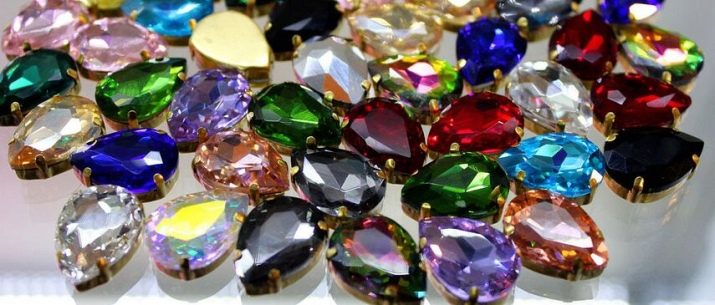
The most popular and versatile are glue rhinestones. Products that have already been coated with glue adhere to cotton and other fabrics without any problems, providing a beautiful and stylish decor. If you need to decorate hard surfaces or delicate fabrics, it is better to use rhinestones, which are attached with glue.
By means of such decorative elements, stones can be attached to a glass, on glass, on a mug, and used for inlaying any expensive item.
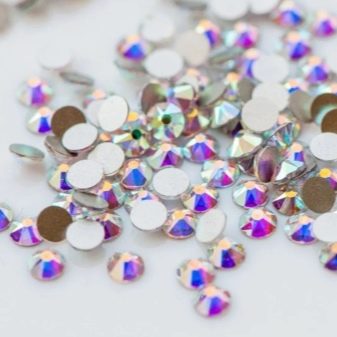
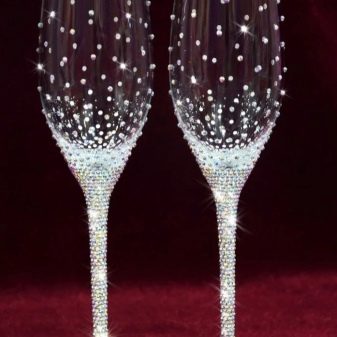
To achieve a reliable fixation of the elements, it is necessary to use rhinestone glue. There are glue options designed for hard surfaces, these include:
- Plus 300 Endfest;
- Hezhong YD 1920;
- Loctite 0151 Hysol.
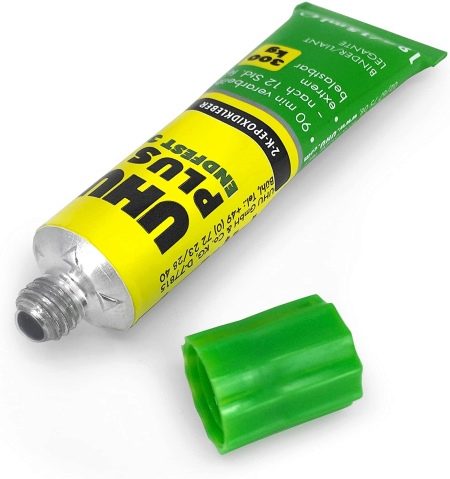
For fixing stones, glue on a different basis can be used:
- epoxy;
- one;
- two-component.
Two-component glue copes well with fixing on hard surfaces - glass, ceramics, metal, and so on, therefore it is well suited for decorating objects. One of the best options is UHU adhesive made in Germany. It is based on epoxy resin, because the mass dries quickly and adheres firmly to surfaces. After drying, the glue turns slightly yellow.
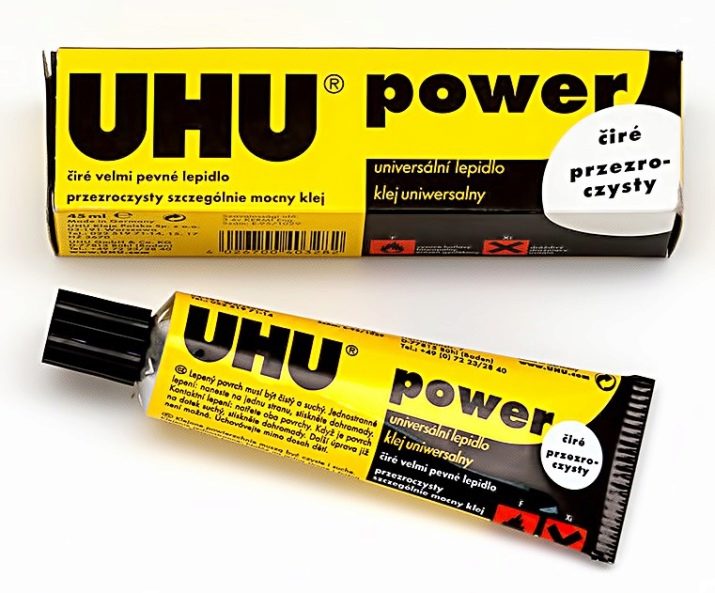
Other types of glue must be used for textile work. Epoxy and water-based are the most convenient options for this job. To glue rhinestones to a swimsuit or other item, you can use the following glue options.
- "Moment" - a universal adhesive that dries very quickly, remains transparent and has a small margin of elongation.
- Fericyl Is an Indian product based on epoxy paste. This composition dries quickly, but there is a small margin of time to fix the rhinestones and return them to their place if they have shifted. It is odorless, completely harmless.
- Craft E6000 - reliable American glue that holds rhinestones well even in water.
- Danscouture Is a water-based adhesive made in America. Can be used on any fabric except leather. Dries quickly, remains transparent when dry, suitable for decorating costumes of dancers, figure skaters, athletes.

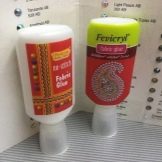
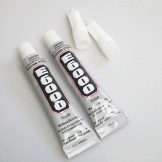

When choosing a glue for rhinestones, it is important to know which option is suitable for which surface. Professionals can use quick-drying substances, and beginners should choose glue that has a certain amount of time before it dries completely, so that they can adjust their work.
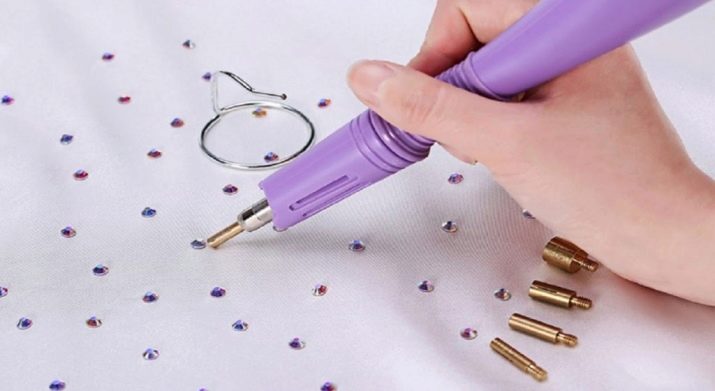
How to stick on your face?
In modern make-up, a wide variety of auxiliary means are used in order to make the image bright, unforgettable, and unique. One of the elements, without which it is difficult to imagine original makeup, are rhinestones. Small stones are often used to decorate the face, but rhinestones of different shapes and sizes may be needed to create a certain image.
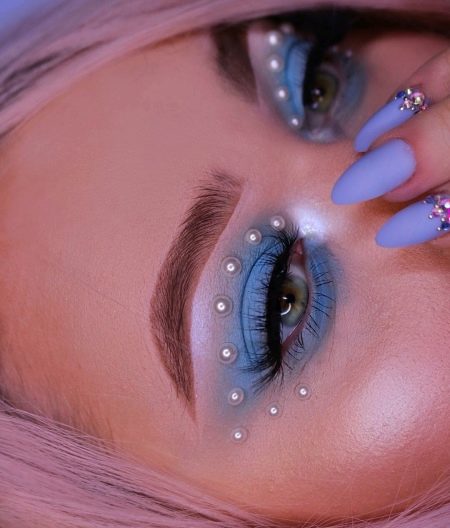
To fix a decorative stone on your face, you must use a safe and effective formulation. There are glue-based products on sale, where a thin layer of glue has already been applied to the back surface of the rhinestones.
This option is especially useful for decorating a child's face or creating a quick make-up.

If you need to attach rhinestones to the skin for a long time, then you can use other means:
- use a primer for glitters and rhinestones, NYX Professional Makeup has such products for sale;
- apply eyelash glue and fix the rhinestones on it.
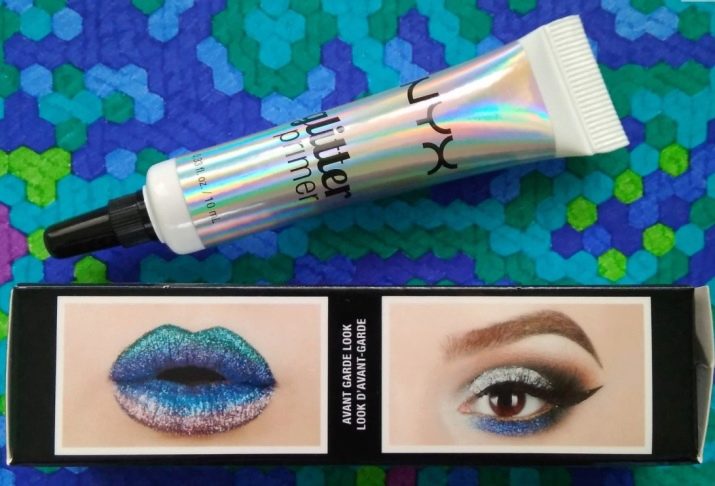
To remove this decor, you will need a makeup remover that removes most of your makeup. If the rhinestones do not come off by themselves, it is better to apply a gel on the face, with the help of which the false eyelashes are removed. It is necessary to remove stones from the face carefully so as not to injure the skin.
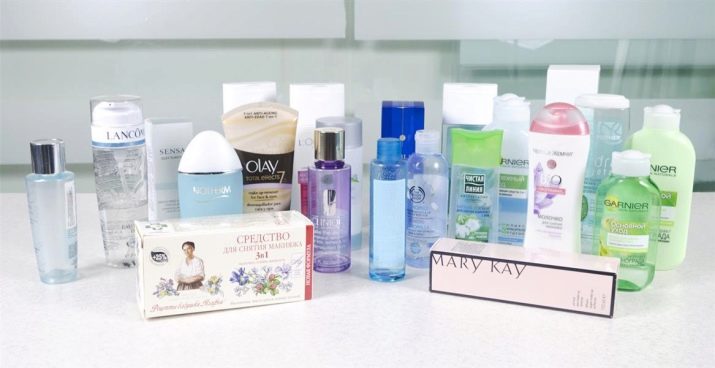
How to use?
To glue rhinestones at home using glue correctly, there is a simple instruction.
- Select an adhesive that is suitable for the selected surface.
- Prepare rhinestones.
- Draw a contour on the fabric where the decorative elements will be placed.
- Apply glue to the fabric and put rhinestones on top. Stones can be picked up with tweezers or wax sticks. If the decorative elements are large, glue can be applied to their wrong side and placed in the desired place.
- Wait for the allotted time so that the glue is completely dry and the rhinestone is fixed.
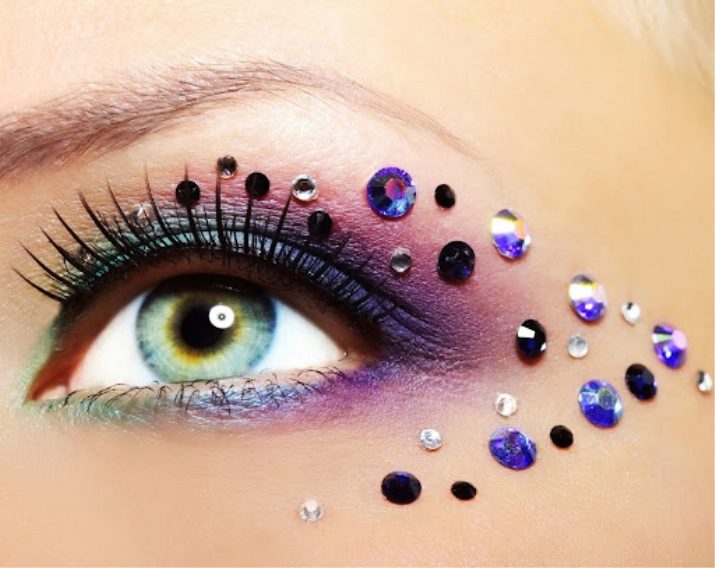
The size of the glue drop should be less than the diameter of the stone, otherwise the excess amount will appear on the fabric and spoil the appearance of the finished product.
For the first attempts to work with glue, it is necessary to choose more viscous compounds that do not dry so quickly and can be easily removed from clothes in case of some kind of oversight.
If there is no experience in gluing rhinestones at all, you can practice right away on hot-melt options that do not require much effort. It is only necessary to lay out the pebbles as required by the idea, and heat them with an iron or a special soldering iron. Everyone chooses which method is easier, faster and more convenient for him.
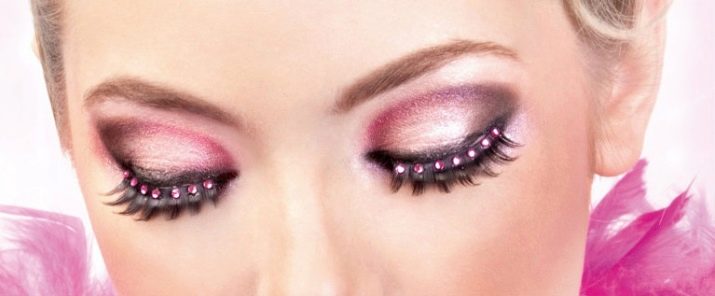
How to remove traces of glue from clothes?
The process of gluing rhinestones to fabric with glue requires a certain skill, therefore, at first, problems may arise, the consequence of which will be traces of the composition on the matter, where it was not possible to glue the stones. Various methods can be used to effectively remove adhesive residues.
- Freezing things - This option is best suited for removing glue from a dress made of delicate fabrics. The product must be put in a bag and placed in the freezer for 8-10 hours, then take out the clothes and carefully peel off the glue. When exposed to low temperatures, the components of the glue become brittle and crumble under mechanical stress.
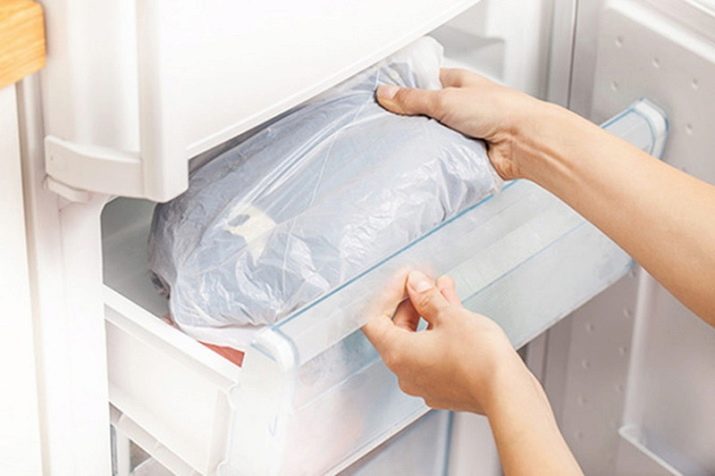
- High speed wash with maximum temperature - Suitable for removing stains on jeans and other everyday clothes that will withstand prolonged washing in the washing machine. After the end of the cycle, the traces of glue must be mechanically cleaned.

- Heating with an iron - put a clean piece of cloth on the cloth soiled with glue and iron it with an iron turned on at minimum power. When the glue has softened, peel it off with scissors, iron the residues using a high temperature, which will allow the glue particles to transfer to the substrate, thereby cleaning the main product.

- Solvent use - apply a little solvent on a cotton pad and put it on the area with glue for 10-15 minutes, then clean off the remnants of the composition with a washcloth, wash the thing. Solvent can stain colored fabric, so it is worth checking it before using it.
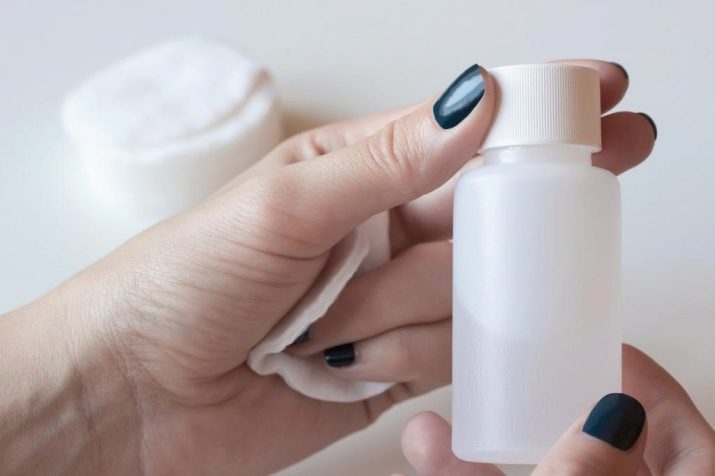
- The use of acetone - acetone is applied to a cotton pad and placed on the seamy side of the place where there is glue, paper is placed on the front side in this area, into which the composition will be absorbed after dissolution. When the work is finished, the area to be treated needs to be soaped and the whole thing washed.
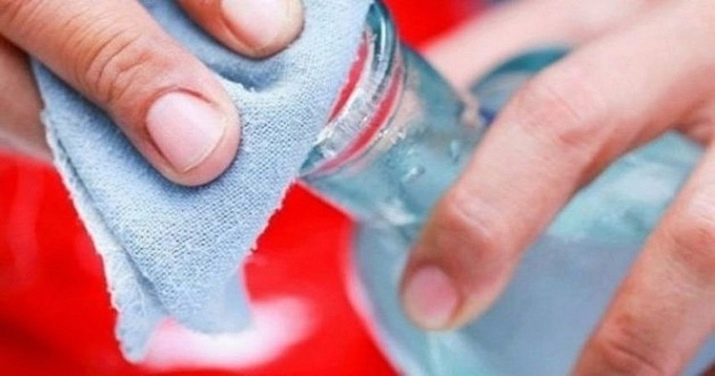
- Removal with gasoline - for work, a purified variety is needed, a cotton pad is moistened with it, which is applied to the problem area for half an hour. With a napkin or washcloth, remove the glue and wash the clothes.
Before using gasoline, you need to test it on a piece of similar cloth so as not to ruin the thing.
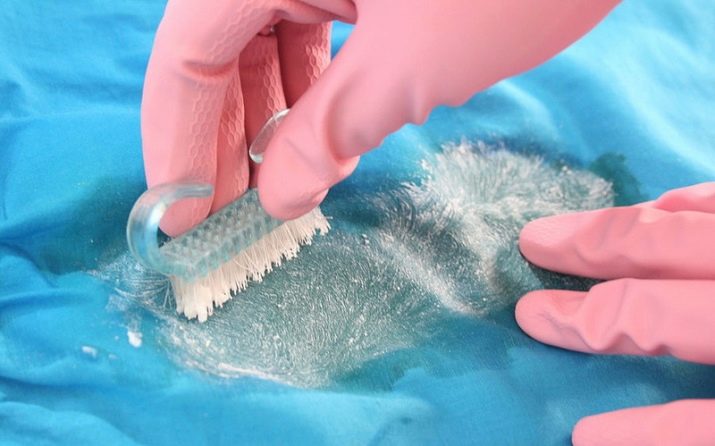
There can be many ways to remove glue from clothes, it is important to choose the least aggressive for the fabric and hands, but at the same time the most effective. If you did not succeed in cleaning the clothes at one time, you can carry out the selected procedure again.
